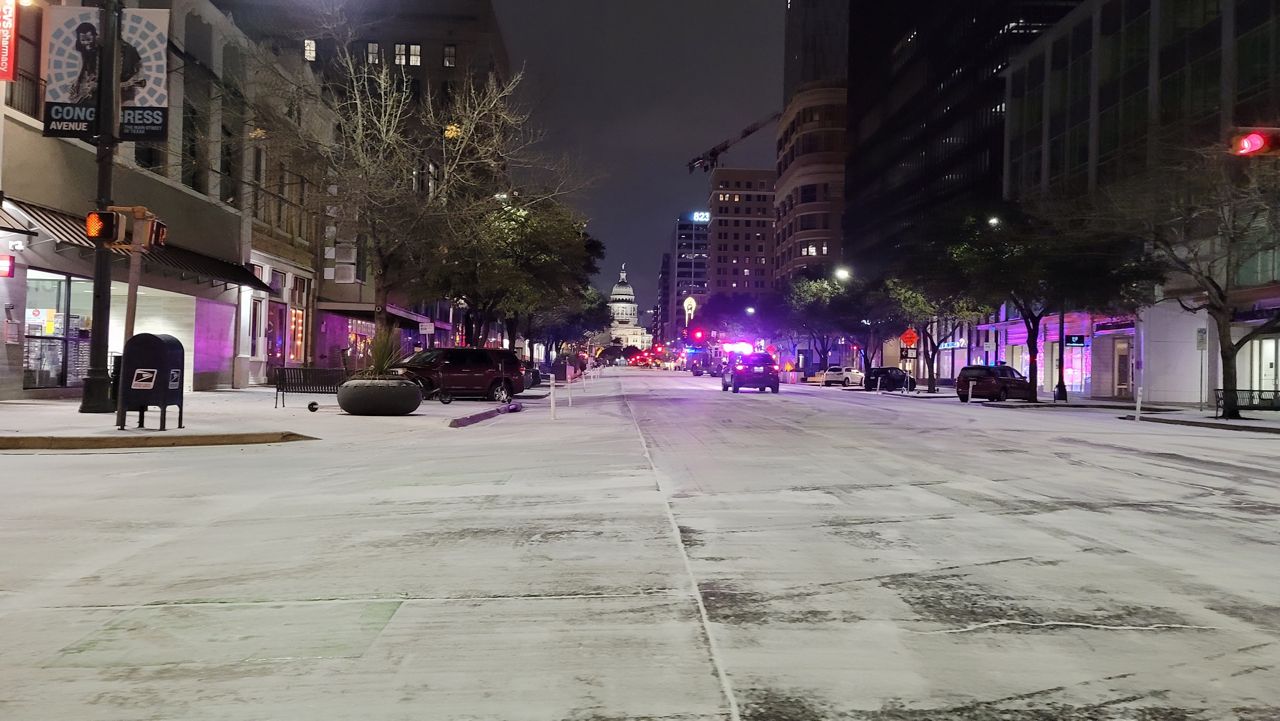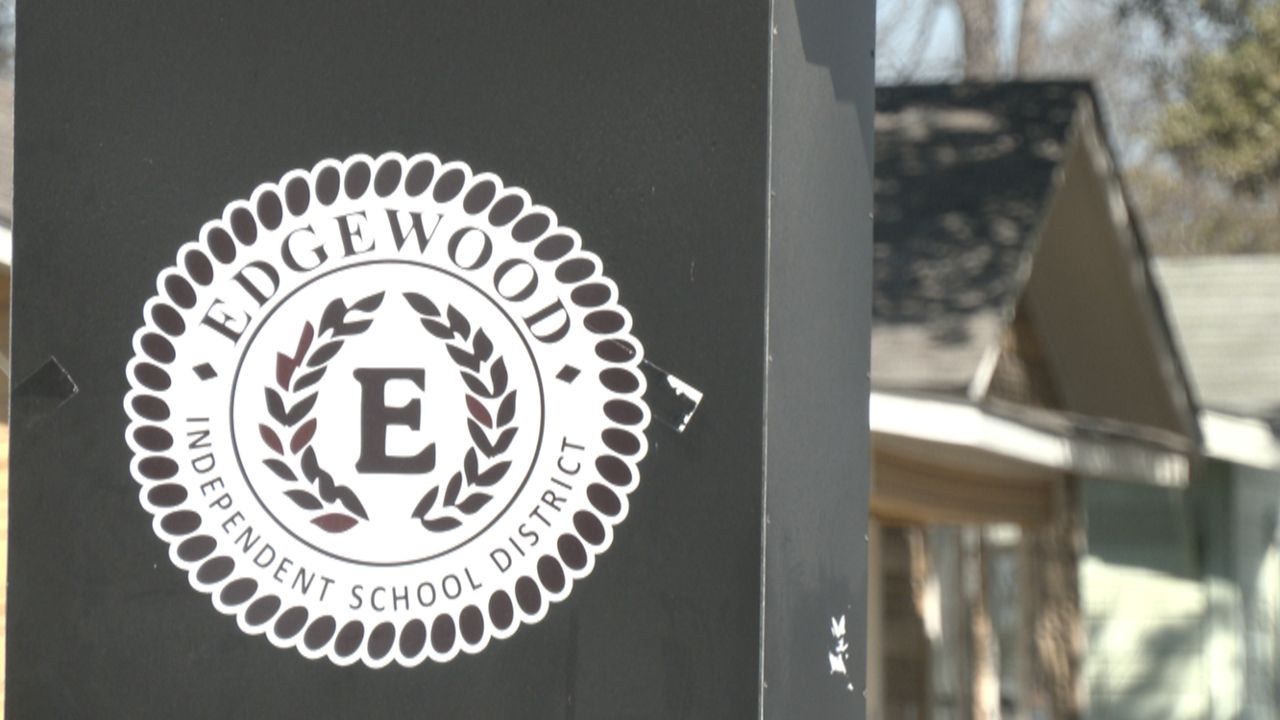AUSTIN, Texas — The devastating winter storm that gripped Texas for the better part of a week in February claimed at least 200 lives and caused between $80 billion and $130 billion in financial losses, according to an estimate by the Federal Reserve Bank of Dallas.
Now, Austin-Travis County has released an expansive report examining the events leading up to the storm and impacts as well as a list of 132 recommendations designed to better prepare the region for disaster.
The Winter Storm Uri After-Action Reports is divided into a findings report as well as an improvement plan. According to city and county leaders, the report included analysis of more than 100 documents as well as numerous surveys and interviews.
Also available are Austin Energy’s report and Austin Water’s report.
RELATED: Was the historic Texas freeze caused by climate change?
“In the City of Austin and Travis County, the storm caused undue suffering, the collapse of critical systems, and the loss of life. Hundreds of vehicle crashes were reported by residents attempting to travel during the storm,” the report states. “Peak power outages corresponded with the lowest temperatures, leaving residents in dangerously cold homes; some chose to sleep in their cars as temperatures inside residences dropped to 40°F. Others huddled under blankets, taped windows and doors closed to retain heat, and those with fireplaces burned wood and furniture. Some burned fuel and charcoal in their homes, leading to toxic levels of carbon monoxide.”
Among the recommendations in the 115-page improvement plan are the following:
- Include considerations for extreme winter storms and freezing in climate change hazard and threat assessments in planning and preparedness. Evaluate and revise relevant plans to anticipate a complex, multi-hazard event.
- Utilize an equity lens in the distribution of water, food, and wrap-around services. Additional considerations for older adults, residents with access and functional needs, and residents without access to transportation should be taken into account when providing services
- Evaluate contingency planning with the State of Texas, including dedicated resources for the City or County that are accessible during an event with widespread system impacts.
- Identify gaps in data sharing between City and County departments to assist in responding, coordinating, and managing requests for resources and services requests. Utilize this data to avoid duplication of efforts while targeting and supporting the communities and residents most in need.
- Evaluate dispatch phone systems across the City to identify those in need of revision or upgrade to manage a large volume of requests during emergencies.
- Identify actions to improve the monitoring of social media and other communication channels to identify and respond to unmet needs during a disaster.
- Implement a communications plan or policy that defines the roles of City Council, Mayor, and County elected officials in an emergency and disaster preparedness and response.
- Include provisions in planning documents across all City and County departments with explicit provisions that address the needs of vulnerable populations during emergencies, including those who are food insecure.
- Strengthen and communicate ways the public can contribute to power and water conservation efforts during emergencies through public information campaigns, including the impact of personal usage of power and water when the systems are at risk of outages.









